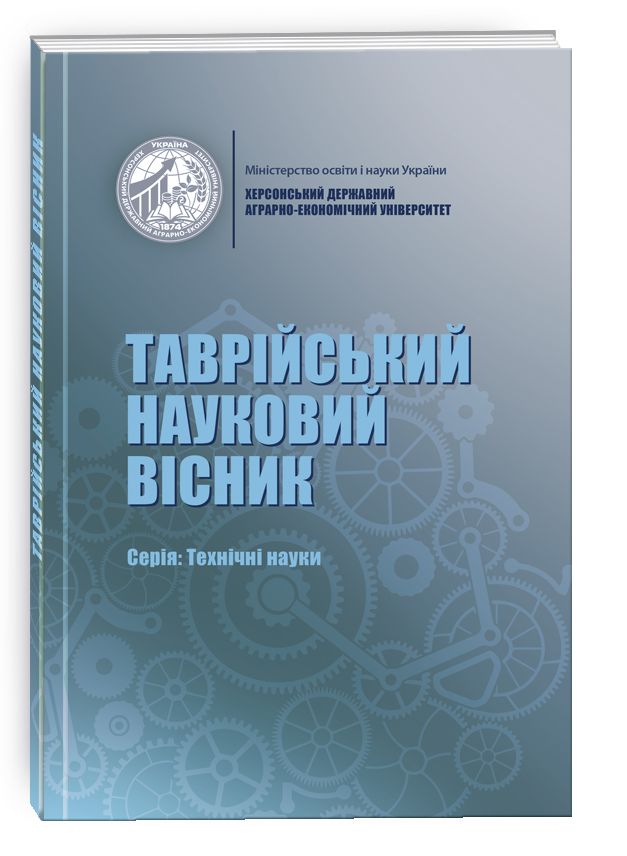STUDY OF FUNCTIONAL AND TECHNOLOGICAN PROPERTIES OF GLUTENFREE RAW MATERIALS
DOI:
https://doi.org/10.32782/tnv-tech.2023.4.24Keywords:
research, gluten-free raw materials, “cheesecake”, flourAbstract
Research in the field of health care indicates a high level of diseases caused by the imbalance and irregularity of the population’s food intake. In recent years, most people have become actively interested in nutrition standards. In the conditions of growing interest in healthy eating, a deeper study of eating practices becomes especially important, since food norms, traditions and habits are an integral part of everyday life. Also, among the population of Ukraine, the number of people with gluten-dependent diseases is increasing and the popularization of vegetarianism is increasing in the world and in Ukraine, at the same time, their need for gluten-free flour confectionery products is provided by foreign manufacturers. The development of vegecentric products of our own production is an actual and timely issue. Therefore, an urgent problem is the development of domestic technologies for agliadin flour confectionery products and ensuring their high quality.Based on the analysis of literary sources devoted to theoretical and practical approaches to improving the technology of gluten-free flour confectionery products, it was established that in order to increase the nutritional value, it is relevant to use alternative raw materials with a rich chemical composition. It is established that a promising raw material for the production of gluten-free products is flour: green buckwheat, corn, rice, since the raw material has a valuable chemical composition in the content of micro– and macro-elements, contains protein with a balanced amino acid composition, digestibility, which is 95... 99%, and also has attractive organoleptic indicators. The carbohydrate composition was analyzed as a result of which it was determined that the agglutene raw material is characterized by a low content of mono-disaccharides (0.6–0.7%) and a high amount of starch (72-85%), which has small granule sizes (3–8 μm) and a high amylase content.
References
María C Mena, Lombardía M., Hernando A., Méndez E., Albar Juan P. (2011) Comprehensive analysis of gluten in processed foods using a new extraction method and a competitive ELISA based on the R5 antibody. J.Talanta.12.073. Epub 2012 Jan 18.
Hlaváč P. Božiková M. (2013) Effect of Temperature and Used Ingredients on Rheological Parameters of Pancake Dough. Acta technologica agriculturae 3 Nitra, Slovaca Universitas Agriculturae Nitriae. p. 63–66
Perez-Gregorio M. R. et al. (2017) Chromatographic and mass spectrometry analysis of wheat flour prolamins, the causative compounds of celiac disease. Food & function. 8. 2712–2721. DOI: https://doi.org/10.1039/C7FO00266A.
Karla A.B., Maria C.V., Magdalena A. (2017) Celiac disease: understanding the gluten-free diet. European journal of nutrition. Vol. 56 (2). P. 449–459
Грищенко А.М., Дробот В.І. Технологічні властивості безглютенової сировини. Наукові праці ОНАХТ. Вип. 1 (46). С. 162–166.
Чудік Ю.В., Сафонова О.М. Регулювання водопоглинаючої здатності борошняних сумішей. Сучасні напрями технології та механізації процесів переробки харчових виробництв. Харків. Вісник ХДТУСГ. 2003. С. 165–170.







